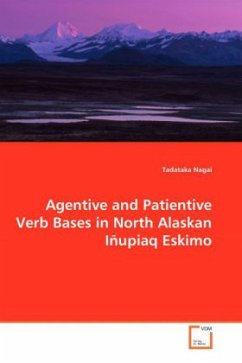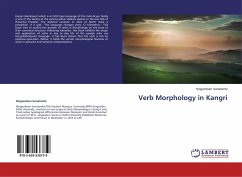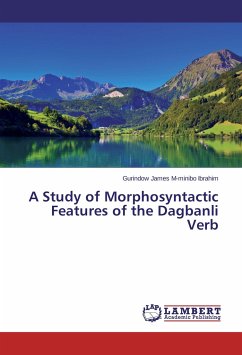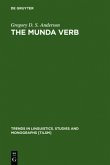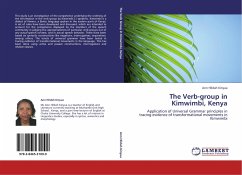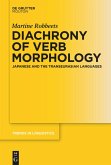Many languages have two types of verbs that can be used either intransitively or transitively: for one type of such verbs, the intransitive subject corresponds with the transitive subject, as in English 'he is eating' and 'he is eating lunch,' whereas for the other, the intransitive subject corresponds with the transitive object, as in English 'the stick broke' and 'he broke the stick.' North Alaskan Iñupiaq Eskimo is one such language, where these two types of verbs are called agentive and patientive verb bases, and this book is an investigation of these verb bases in this language. After providing a grammatical sketch of this language, this book addresses the following issues: - How is it determined whether a given verb base is agentive or patientive? - Is the dividing line between the agentive and patientive verb bases clear-cut? After discussing these issues, appendices are provided containing two narrative texts in this language. This book will be of interest to language typologists, Eskimo linguists or linguistic anthropologists, or anyone interested in the Eskimo language and culture.
Bitte wählen Sie Ihr Anliegen aus.
Rechnungen
Retourenschein anfordern
Bestellstatus
Storno

